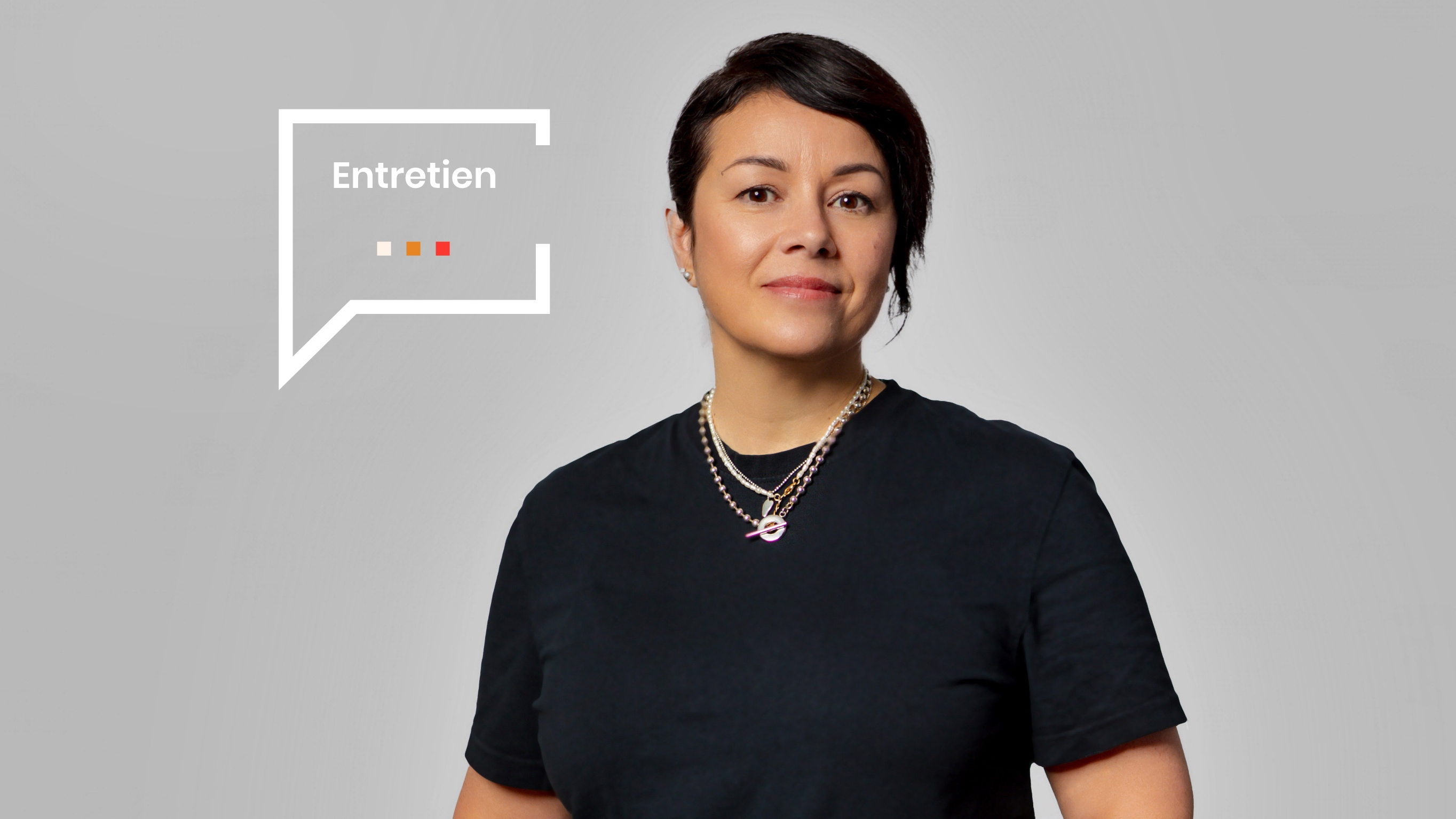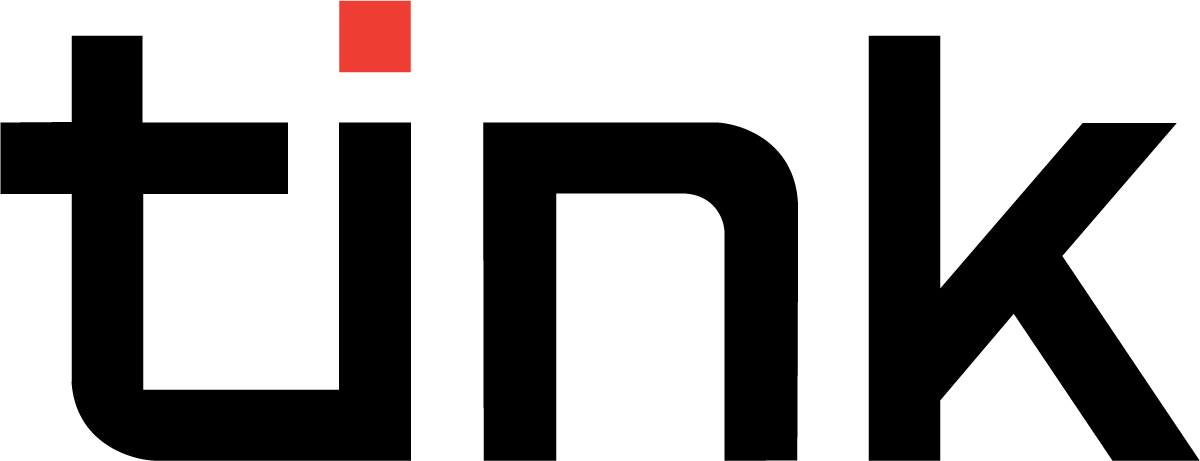Employee interview: Diane Gosselin, Art Director

What's it like to be an art director (AD) at our company? We asked that question (and several others!) to Diane Gosselin, a member of our design team for the past four and a half years.
In a few words, how would you describe your position and your daily routine?
I would use one word: variety. At Tink, art direction has an effect on everything, from high-level creation to detailed work. My tasks can include proposing a concept for a web page, doing image research, working on typography, or adjusting a few details on existing material—sometimes all in the same day!
I also get to interact with people. My daily schedule often includes workshops with my colleagues in design and content production, meetings with the teams of the projects I'm working on, or interviews with clients. Since Tink has diverse business partners, I have the opportunity to learn about a multitude of subjects!
In your opinion, what hard and soft skills are required to succeed in a position like yours?
In art direction, we are responsible for a brand's image and its evolution. We design the brand's graphic charter and oversee how it is applied to different digital platforms. Producing a result that is both accessible and attractive requires two essential skills, for us and for our clients: knowing how to follow design trends and being knowledgeable of best practices.
While working on a brand identity, an art director has to stay on top of the client's needs. That's why listening is another essential skill: by listening carefully to the client's expectations, we give ourselves the best chance at delivering a final product that will meet them. Sharp listening skills help us identify a client's needs, analyze them, and clearly communicate them to our colleagues.
Good communication skills, of course, are also vital. Whether briefing team members on a mandate or presenting work to a client, art directors must express themselves with clarity, explain complex concepts effectively, and justify their choices convincingly.
Given the nature of an AD's responsibilities, we must also show patience and humility. Sometimes, for example, we have to go back to the drawing board after submitting a concept to a client. It's important to welcome and apply constructive feedback so that we can reach a solution that works for everyone.
Finally, it's important to remember that art direction is a team effort. While the AD defines the creative direction of a project and oversees its execution according to the established schedule, the final product remains the fruit of a common vision.
What have you learned during your years at Tink?
I've learned that the greatest guarantee of success in a mandate is to work step by step. By presenting the project to the client at each step of its development, we have the opportunity to do quality assurance and make adjustments as we go along. In addition to saving us time, this method allows the client to get involved in the design process and have visibility into the evolution of the project.
What do you like about Tink, and what makes you stay?
I'm happy working at Tink for many reasons.
- I love the people I work with. They are all specialists in their fields, and I can count on them when I have questions or encounter a problem.
- Tink has a rigorous hiring process and selects competent candidates. Every person, position, and department adds value to the agency.
- I have the chance to work on large-scale projects with prestigious clients.
What has been your greatest professional accomplishment?
Every project is a source of pride for me! I give 120% in everything I do. What I love most is that my projects evolve over time: since our clients often stay with us for many years, I have the opportunity to rework my concepts, to see them develop and transform. It's refreshing.
How would you describe the work atmosphere at Tink?
There was a great atmosphere at the office, and that hasn't changed since we started working from home. People have remained accessible and positive; they react quickly to requests, and we have a nice team dynamic in our virtual conversations. The vibe is very pleasant.
For you, working at Tink means having the chance to . . . ?
- Do what I love every day.
- Work with colleagues who have various specialties.
What advice would you give to future employees in your field?
I often say that to be successful, you must listen to your clients' needs and know how to apply the rule of less is more—that is, how to avoid superfluity. If you can do that, you have what it takes to meet one of the main challenges in design: simplifying the message in order to communicate more effectively.
